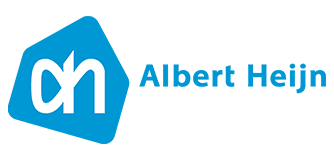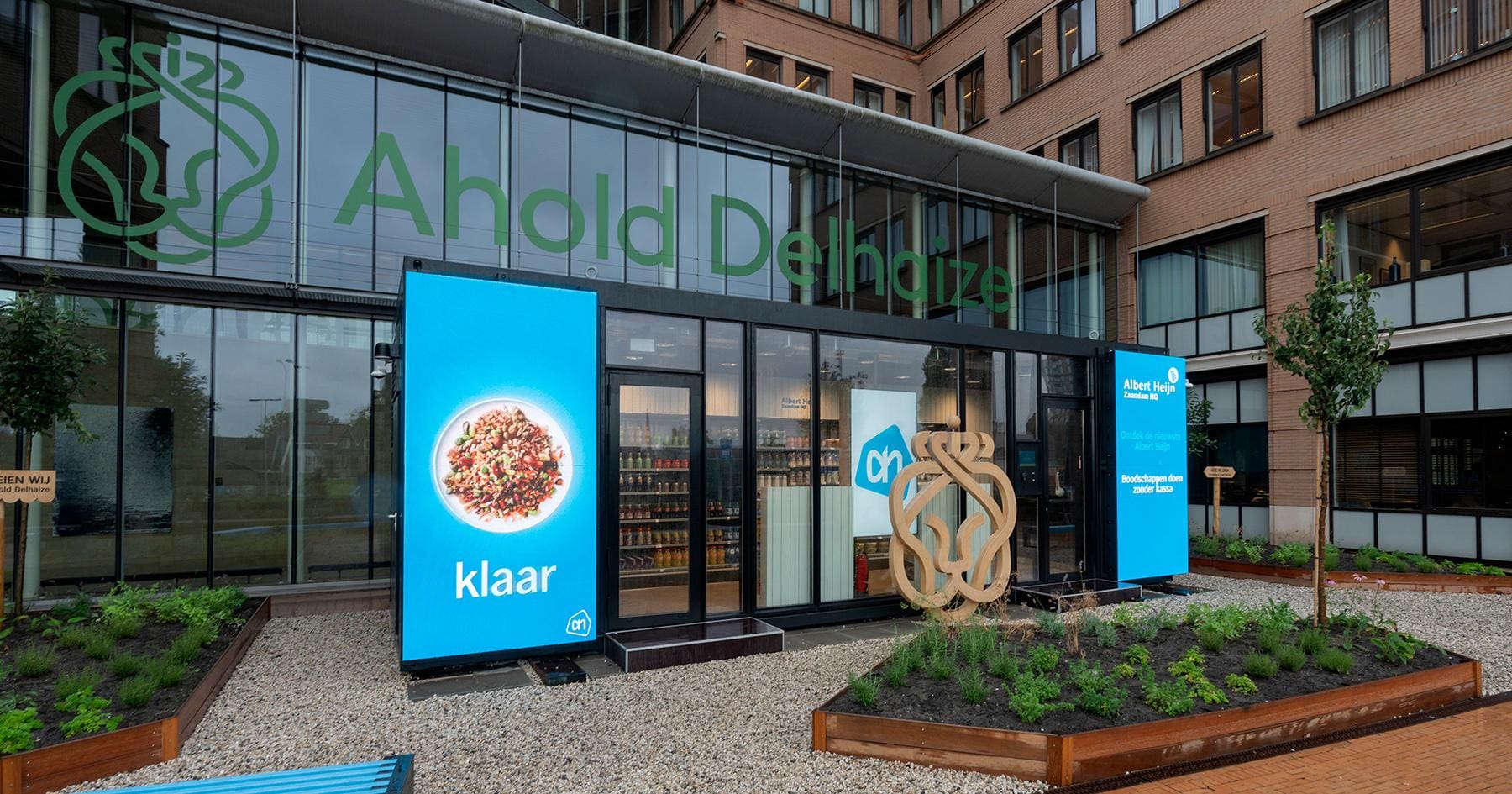Info Support Helps Albert Heijn Transition to Tech-Driven Organization
The right specialist in the right place: that was the big challenge for Albert Heijn’s IT transition process. The company wants to make the move to a “Business Tech” product organization, which is less dependent on suppliers for key capabilities and expertise by having technical expertise in-house.


Challenge
Making Albert Heijn less dependent on suppliers by putting the right people, with the right knowledge, in the right places.
Target Audience
Albert Heijn’s IT organization.
Services
Result
In eight weeks, a total overview per IT professional of competencies, drivers, talents and technical knowledge.
A technological product organization
What expertise is already in-house and where in the organization can it best be deployed? GITP and Info Support mapped their expertise and talents for 150 IT employees in record time. Anne-Wil Kip, Head of HR Data, Tech, Digital & e-Commerce at Albert Heijn: “The main difference between a supply and demand IT organization and a technology ‘product’ organization is the amount of technical knowledge present internally. A technology-driven company has expertise in-house and outsources far fewer projects to partners. The advantage of this is that you have ownership of key technical choices and processes, can speed up more, focus more on business transformation and scale best practices.”
EQ, IQ and TQ
An important first step in the transition was for Albert Heijn to identify the talent present. It engaged GITP and Info Support to provide an independent and complete picture of this. This completeness is important because success requires more than just technical knowledge. By examining both the IT knowledge and the person behind it, it is possible to create a complete competence and knowledge profile.
Eveline Ploeger, senior consultant at GITP: “We wanted to be able to provide a total overview per employee that provided insight into the competencies, drives and talents as well as the technical knowledge in an objective manner. That objectivity is important, because if you ask a manager to assess the work performance of an employee, that really only provides relevant information for the performance in the current position of this employee. If you want to know how employees will perform in another position, you can’t judge that based solely on behavior in the current position. This is why we zoom in on people’s aptitudes and competencies in our tools. We provide insight into development potential.”
Info Support gave us insight into the expertise that is missing and where we can still develop.Anne-Wil Kip, Head of HR Data, Tech, Digital & e-Commerce at Albert Heijn
Skills Assessment Framework
In addition to understanding talents and competencies, the knowledge level of employees played a major role. But how do you test this level? For this you need an experienced IT party that specializes in training and testing IT specialists. Info Support’s Knowledge Center is such a party.
Thomas de Klerk, Chapter Lead Software & Architecture at Info Support: “At Info Support, we use validated models to assess IT expertise, such as the Skills Assessment Framework. We use this framework to show what knowledge and skills employees must have for the various IT positions within an organization. Within Albert Heijn a total of thirteen knowledge areas proved relevant, such as Internet of Things, architecture, networking & infrastructure, software craftmanship and strategic tech knowledge. Then, together with Albert Heijn, we determined which specific IT knowledge is necessary for which function and to what extent this area must be mastered. In total, we identified the level of knowledge required for no less than thirty different IT roles.”
A complete profile
After the Skills Assessment Framework was completed, we conducted interviews. Thomas: “In just six weeks, we interviewed as many as 150 IT professionals. The assessment was conducted with a customized questionnaire. We formulated specific questions for each knowledge area. For example, for the ‘Technology Knowledge’ knowledge area, questions like: what can you tell us about ways to keep the quality of software optimal? Using these predefined questions, our experts tested the technical authority of the employees.”
The results of the assessment interviews and the result of the GITP competency tests formed one overall profile. Based on this, Albert Heijn’s management decided which IT specialist would best fit which role. Eveline from GITP: “Making these decisions remains people work, of course. But by interpreting and discussing the data from the assessments, the management can come to a better-founded and more objective decision. Because we were able to create a complete profile together with Info Support, we were able to put the complete picture on the table for Albert Heijn. We couldn’t have done that separately, so I’m proud of that.”
A new position in the tech organization
Anne-Wil Kip, Albert Heijn: “Thanks to GITP and Info Support, we were able to appoint many employees to new positions in a short period of time. We have been able to give almost all IT specialists a new position in our tech organization that matches their knowledge, experience and ambition. We also gained insight into the expertise that is still lacking within our organization and where we can develop even more strongly. That too is valuable information for recruitment activities and for the development of training offerings, for example.”